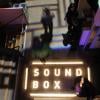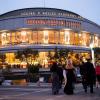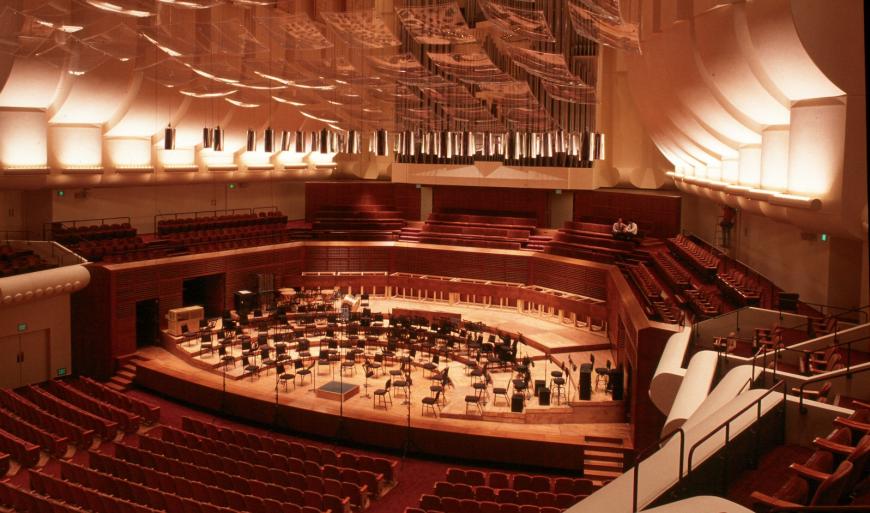
In the flood of news about the San Francisco Symphony, from the announcement of the orchestra’s 2024–2025 season to the unexpected decision of Music Director Esa-Pekka Salonen not to extend his contract beyond next year, less attention has been paid to a larger matter: the SF Symphony’s financial situation.
A pivotal issue within the organization is the seeming contradiction between the administration’s claim of “significant financial pressures,” justifying cuts that eventually compelled Salonen to leave, and the proposed renovation of Davies Symphony Hall, a project variously estimated at $100 million or more than twice that, a plan not evidently necessary but still in consideration.
Is there money to rebuild Davies when financial problems limit the SF Symphony’s ability (or willingness) to fund the music director’s artistic plans?
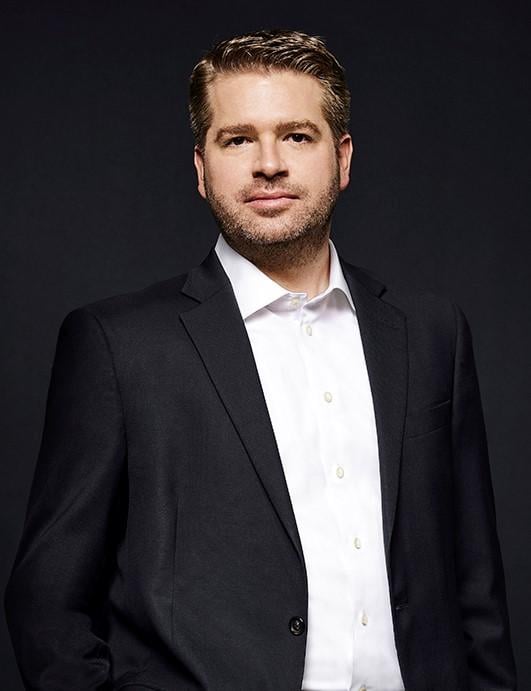
Some new information was revealed on Monday in a statement by CEO Matthew Spivey and President Priscilla B. Geeslin about the SF Symphony’s finances, which touched on the renovation project’s entitlement process.
Crucially, this isn’t the project itself but rather the two-year process with the city of San Francisco’s Planning Department that’s required “prior to any modernization project proceeding with a development proposal,” the statement reads.
“The cost of completing the entitlement process was fully funded by private donations that are purpose-restricted to this project, and the allocation of those contributions did not compete with any other fundraising efforts by the Symphony.
“No further funding is required to complete the entitlement process. Moreover, we want to clarify that our priority is to stabilize the organization financially and support our artistic output before embarking on a campaign to support any future renovation projects.”
Questions remain, especially about where the orchestra would perform during the construction — estimated at three years by the architect and two years by the SF Symphony administration. Davies would mostly be unavailable for rehearsals and performances, and the orchestra’s old home, the War Memorial Opera House, is fully booked by San Francisco Opera, San Francisco Ballet, and others.
Unlike the New York Philharmonic’s three-year-long $550 million renovation of David Geffen Hall, during which the orchestra played in Carnegie Hall and elsewhere, the SF Symphony would have no such options locally.
Following Salonen’s decision to leave the SF Symphony, Spivey told the San Francisco Chronicle that “there are significant financial pressures on the organization, and they have become impossible to ignore.”
The Chronicle report continues, “Spivey cited the recent cuts to SoundBox, the orchestra’s 10-year-old experimental performance venue and concert series, as an example of the organization’s belt-tightening, and said there would be more such moves to come.”
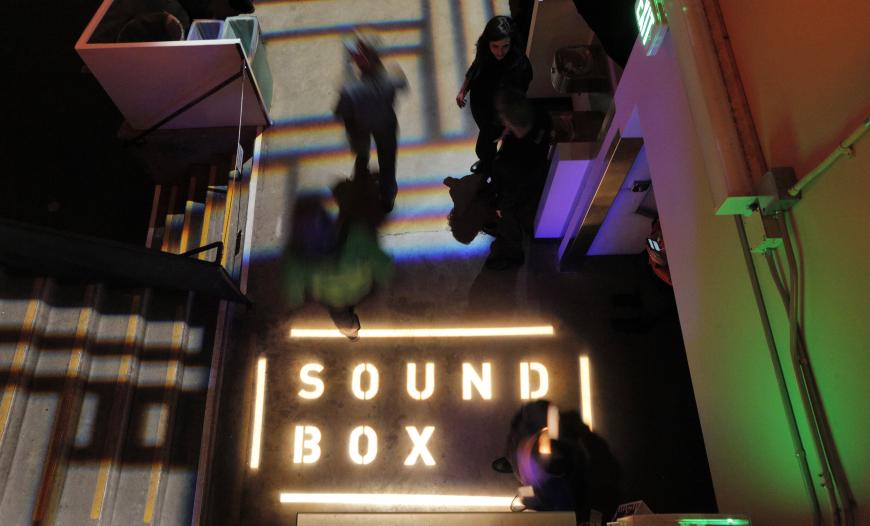
Additional “belt-tightening” measures at the SF Symphony have included the yearlong sparring match between management and the musicians’ union about the lapsed collective bargaining agreement and its resolution, which was unsatisfactory to the musicians; the reduction or elimination of community and education programs; the cancellation of tours; the decision to scale back on commissions and semistaged productions, for which Salonen had advocated; the reduction in the number of preconcert lectures offered; and internal measures still unknown to the general public.
Spivey also told the orchestra in January that “in the absence of fundamental changes to our business model and revenue streams, we will sustain increasingly unmanageable deficits in the coming years. Given the magnitude of these challenges, we are examining every aspect of the organization’s activities.”
Facts about the SF Symphony’s budget are hard to get because public information lags two years behind the present and hinges on when the orchestra’s internal audit and IRS Form 990 are made available.
The last known SFS budget, for fiscal year 2022, reported an income of $144.9 million against expenses of $74.7 million and an endowment of $326 million, second only in the U.S. to the Boston Symphony.
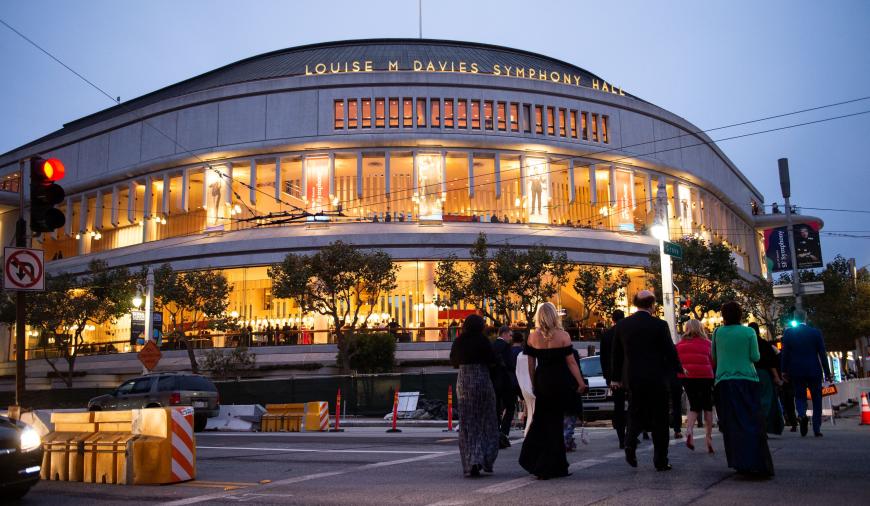
Asked about those impressive figures, which don’t seem to suggest financial problems, an SF Symphony spokesperson told SF Classical Voice in January:
“SF Symphony’s operations, like several of its peers, has historically run at an operating deficit year after year. Financial resources available to support current operations are limited, and the SF Symphony has taken austerity measures in recent seasons to address and reduce that operating deficit, including implementing extensive cost-cutting measures across all expense areas.
“Revenue as reflected on the Symphony’s 990 form includes many items that are outside of those available as cash to support operations. Most notably, the $144.9 million shown on the [990 form for fiscal year 2022] includes ‘realized’ gains from investments but does not include ‘unrealized’ gains or losses.
“Realized gains from investments accounted for more than half of the $144.9 million revenue shown. These gains, offset by unrealized gains/losses, are within the SF Symphony’s endowment. Most endowment funds are not directly available to support operations.”
Fiscal year 2021 showed revenues of $66 million against expenses of $53 million, and fiscal year 2020 had revenues of $65 million against expenses of $73 million.
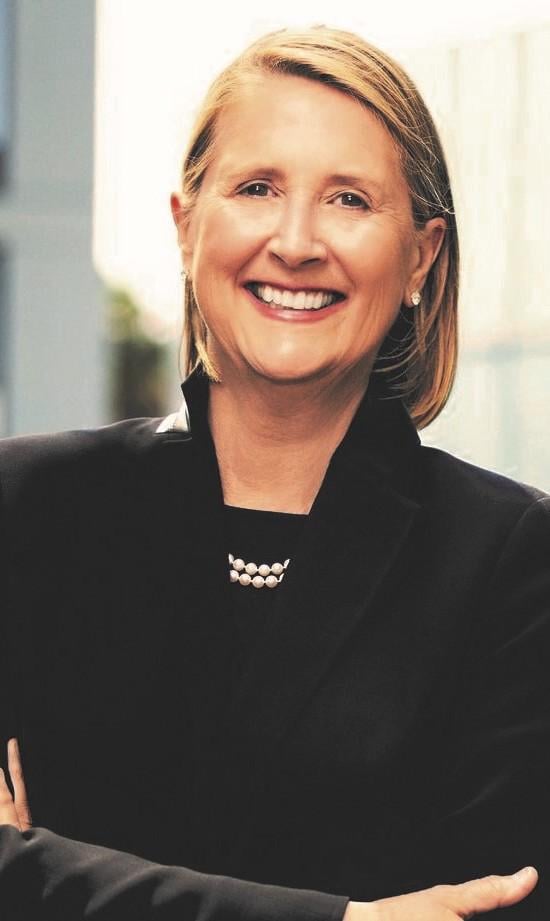
In its statement on Monday, the SF Symphony administration addressed, for the first time in recent years, specifics of the orchestra’s fiscal problems:
For many years, the Symphony’s expenses have exceeded its revenue, and in recent years that gap has been growing. In several of the most recent seasons, including 2022–23, the Symphony received extraordinary one-time gifts or pandemic-related federal aid that have helped to reduce, but have been insufficient to consistently close, the gap between revenue and expense.
For reference, in 2022–23, the Symphony’s operating expenses totaled $78.6 million, while operating revenues, exclusive of extraordinary one-time contributions, totaled just $67.4 million. Revenues to support expenditures come predominantly from three areas: earned revenue (primarily ticket sales and performance fees; $26.9 million in 2022–23), contributed revenue (primarily individual donations, corporate, foundation, and government support, and fundraising events; $25.3 million in 2022–23), and the endowment draw ($15.2 million in 2022–23).
Factoring out investment gains/losses, which do not provide direct cash to support operations, the Symphony has incurred a cumulative operating deficit of $116 million over the last 10 years. Those losses have been funded primarily through non-repeatable sources including federal COVID relief and drawing down the Symphony’s operating reserves.
Without immediate action or extraordinary new funding, we anticipate that our cumulative cash losses could grow by an additional $80 million over the next five years, far beyond any means of funding such losses. It is in the face of that unsustainable future that we have begun to make some difficult choices, including those outlined above, with the goal of emerging as a stronger, more innovative, and more community-oriented institution than ever before.”
Given these “significant financial pressures,” where does the multimillion-dollar Davies renovation project stand, certain to pose challenges even if the cost of application and licensing is covered by donation? When asked last week, an SF Symphony spokesperson repeated what SFCV reported six months ago, indicating no change:
“In September, the San Francisco Symphony submitted a proposal to the San Francisco Planning Department to begin the entitlement process for potential future renovations to Davies Symphony Hall.
“The San Francisco Symphony is still in an early, exploratory stage of this process, and is not yet filing any building permit applications or embarking on or announcing any major renovation projects.”
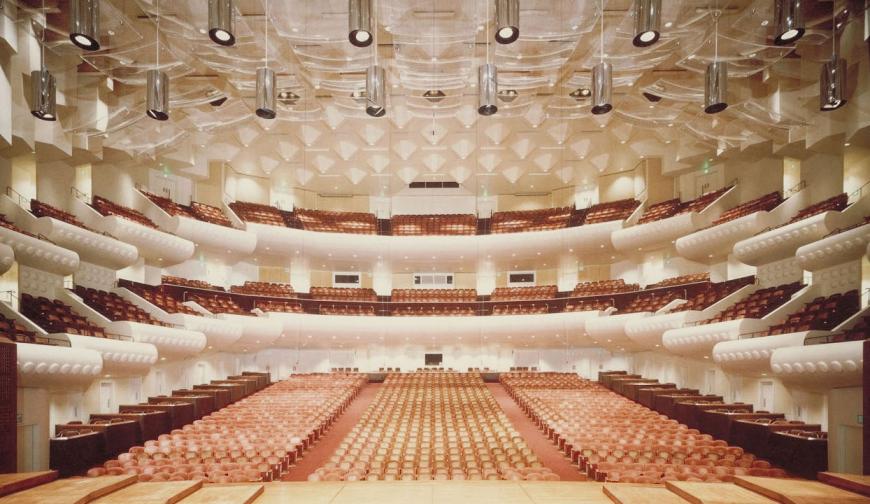
Even with dedicated funds for the entitlement process, the plan to reconstruct the orchestra’s home sounds hugely ambitious. The project would interrupt all operations and include the building and its surroundings, such as the large outdoor parking lot on Franklin Street.
The plan is to increase the size of the interior while reducing the number of seats from 2,743 to 2,100 and to add new facilities to the venue (there are three existing Zellerbach rehearsal halls in the building already).
The revenue-limiting reduction of seats is perhaps motivated by the goal of improving the hall’s acoustics — a move already made a dozen years after completion of the hall (in 1980 at the cost of $28 million). In 1992, Gordon Getty donated $9 million for that reconstruction, which reduced architect Pietro Belluschi’s cathedral-like interior, removed some 200 seats, and enabled Kirkegaard Associates to improve the acoustics.



